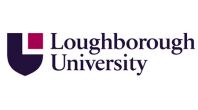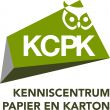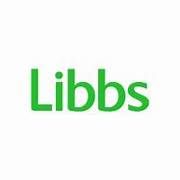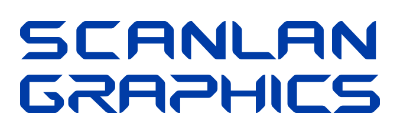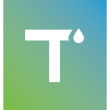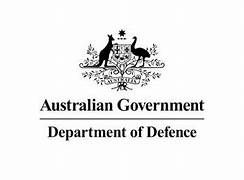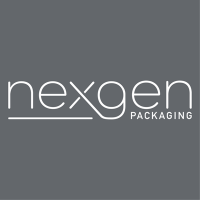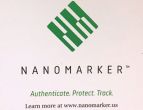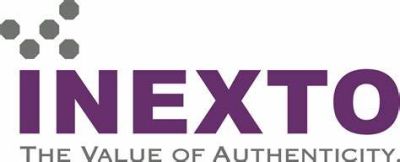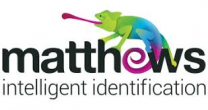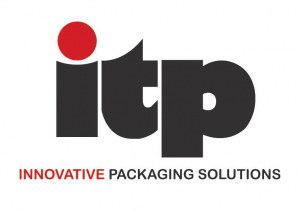Tesco trials GS1 QR codes in UK as global Digital Link roll out gathers pace | 12-05-2025 |
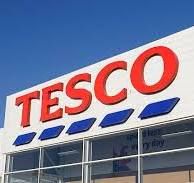
As part of an expanded pilot, Tesco is now trialing the next generation of barcodes — QR codes powered by GS1 — in a number of selected stores, as the retail industry starts to shift towards a smarter, more connected supply chain.
The pilot replaces traditional barcodes on 12 own-brand meat and produce lines in a number of locations across southern England. Developed in collaboration with GS1 UK and ten supplier partners, the initiative is primarily focused on capturing use-by dates and batch numbers, enabling Tesco to assess how these codes can improve date code accuracy, reduce food waste and add a further protection to help prevent the sale of out-of-date products.
Just like the original barcode which has powered the retail industry for over half a century, these next-generation QR codes provide a unique digital identity for each product. In addition, they can carry significantly more information, enabling instant access to accurate, real-time data from the supply chain to the shelf, according to GS1.
This is the first trial of its kind and scale by a UK supermarket. This trial centres on core operational data and lays the foundation for future use cases—such as linking to allergen information, sourcing and sustainability credentials, recycling guidance and more.
“While it’s still early days, we’re already seeing the benefits of connecting our products to dynamic digital information that will help customers to know more about the products on our shelves,” said Isabela De Pedro, supply chain development & change director at Tesco. “As well as improving the customer experience and unlocking new supply chain value, we are testing how QR codes can help Tesco with issues including traceability, compliance, sustainability and shelf-edge communication.”
New research from GS1 UK reveals that the adoption of QR codes is gaining momentum across industry. Over a quarter of UK businesses are now aware of the transition to these new codes , while 11% of GS1 UK members have already implemented the technology, with a further 33% planning to do so within the next 12 months—meaning nearly half of GS1 UK’s 60,000 strong member base could be using the new QR codes by 2026.
The research also highlights how this adoption is aligned with key business priorities. 31% of members identified exploring new sales channels as a top goal, while 25% pointed to the need to comply with evolving legislation. Other top areas of focus include supply chain transparency, operational efficiency and customer engagement.
Iain Walker, director of industry engagement at GS1 UK, said, “This trial is a clear signal that the retail industry is entering a new chapter. These codes allow brands and retailers to share richer, more trusted information anywhere along the supply chain. Tesco is helping to lead the way, demonstrating how digital product identity can unlock both commercial and consumer value.”
While this is a landmark moment for the UK, it forms part of a broader global transformation. GS1 is supporting pilots in 48 countries, covering 88% of global GDP. Major international brands and retailers including Walmart, Amazon, PepsiCo and L’Oréal are already using these codes to deliver digital transparency, supply chain resilience and regulatory readiness. The global ambition is for all point-of-sale systems to be capable of scanning QR codes powered by GS1 by the end of 2027 (Sunrise 2027), in parallel with existing barcodes.
ALL THIS AT AIPIA CONGRESS 2025 AMSTERDAM




